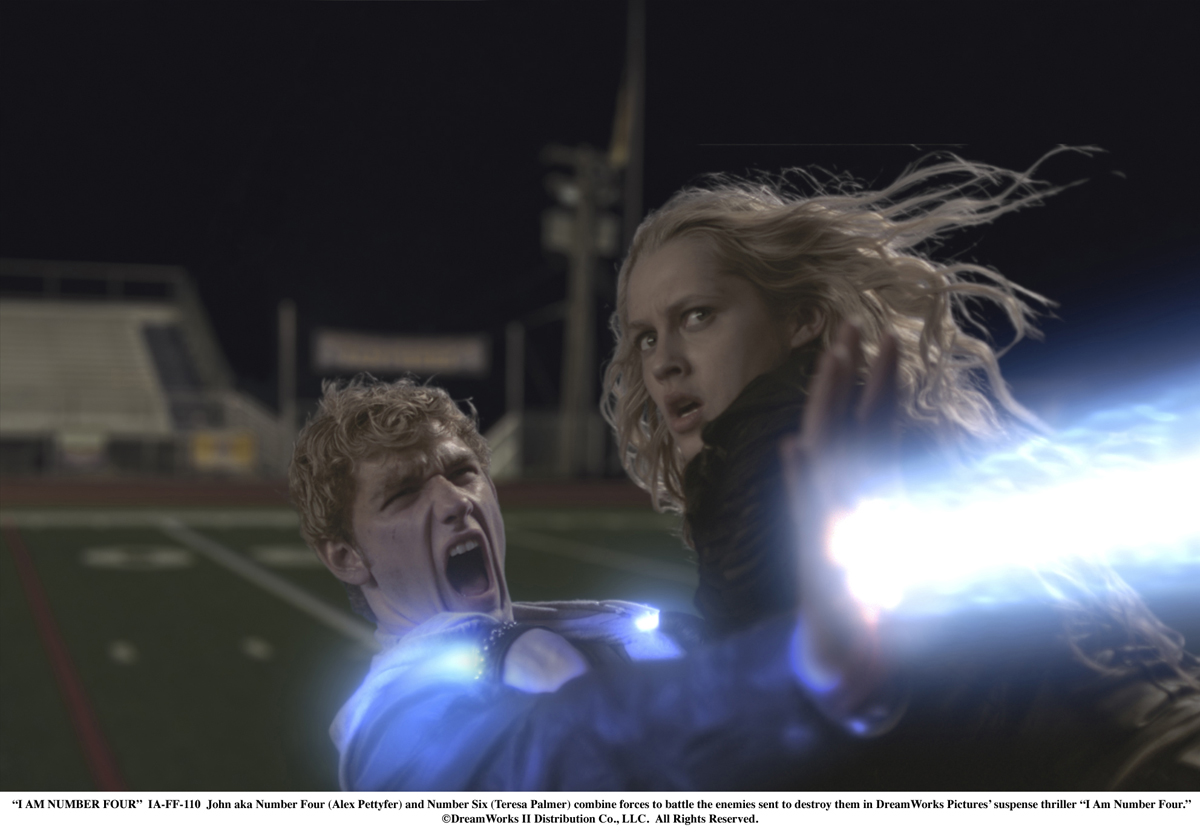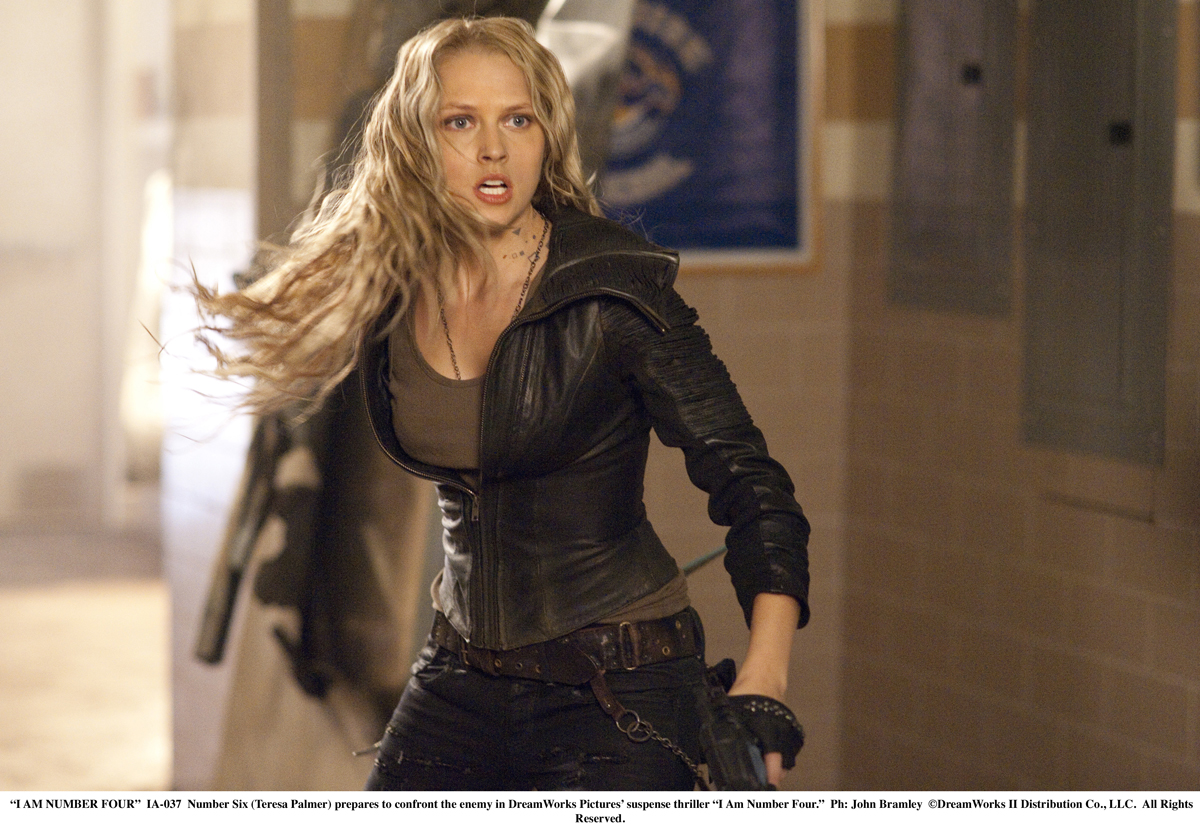Mat Beck began his career over 30 years. He has worked for prestigious studios like Apogee, Boss Film or Dream Quest Images. His career includes numerous films such as STAR TREK, TRUE LIES, TITANIC or VOLCANO but he also worked on many TV shows like X-FILES or SMALLVILLE. At Entity FX, he oversaw projects like SPIDER-MAN 2, FINAL DESTINATION 4 and THE SPIRIT.
How was the collaboration with director DJ Caruso and production VFX Supervisor Greg McMurry?
We really enjoyed working on this project, and both DJ and Greg were great in terms of sharing their ideas and giving us leeway to develop and realize concepts and approaches for our shots. Greg was supervising about 800 shots split between several different companies.
How did Entity FX get involved on this show?
We got involved after the production shoot and actually had a very short time – about four months – in which to come up with some cool looks that were crucial to the show and then churn out all the shots that contained those looks in time for all the temp deadlines and the final delivery.
What are the sequences made by Entity FX?
We developed the “ashing” effect that is seen when alien characters in the movie are killed. This included transforming the Mogadorians – the bad guys in the film – into exploding ash, and dust and also creating similar but less violent and more lyrical “ashing” effects for the death’s of other non humans.
We also developed energy and teleportation effects for the Number Six character to show her super-power of disappearing and reappearing at will.
Our team created a variety of other effects such as CG animated bodies and body parts, digital blood, glowing swords, exploding crystals, windshields, face replacements, split screens, green screen composites, rig removals and makeup enhancements that added to the action at various points in the film.
Can you explain in detail the creation of the effect for the Mog death?
We approached the death effect in a couple of stages. In the first, we had the Mog turn gray by desaturating the body. We sometimes tracked and deformed a more complex gray texture onto it so that the transform would read well in darker scenes. In a second step, we transformed the Mog into a 3D statue version of himself, giving the surface a rough plaster-like surface. We wanted to be sure that the transition between smooth gray surface and rough plaster did not just look like a simple 2D « wipe, » so we created a fractal net of fibers that moved across the body, filling in to create the new surface. Once we were in pure 3D statue mode, that statue was broken into large chunks, which then broke into smaller pieces, with those pieces giving birth to smaller particles over and over until the bits simply turned into a gritty dust and dissipated. Of course, we put a lot of dynamics and turbulence on it so you could see the energy of effect as the dust particles dispersed. It was very important to balance the right amount of grit and energy. In a couple of shots we were asked to add one extra stage for additional oomph, so we transformed the statue version of the Mog’s face into a death’s head just before the explosion.
About Number Six, how did you design and create the effect when she disappears?
Number Six has the special ability to disappear in one place and reappear in another. She would sometimes disappear in one part of the frame and reappear in another part. Our task was to create an energy effect that accompanied her disappearance and reappearance. It was important to convey that her body became the energy and vice versa.
We used a combination of 2D and 3D particle animation to create the energy field – which revealed itself by glowing and distorting the environment. Some of the 3D particles were emitted from a 3D model which was tracked to the live actor. This allowed us to accurately track a variety of elements to her movement in the shot. In particular, the director was interested in seeing aspects specific to her look carry into and out of the energy effect, the colors of her hair, clothing, etc. So we had electric blues and golds in painterly streaks lingering or kind of advancing ahead of her next position in the effect so that you would see these traces in the energy field. We then used a combination of 3D, 2D and 2.5D techniques to integrate the effect into the live plates.
Did you create previz to help the the shooting and the choreography for the shots of disappearance and appearance of Number Six?
Shooting was largely completed when we began our work. We did some post-vis to ensure that the effects were going to work in terms of placement and integration with the action as filmed.
What references have you received from the director for these effects?
For the ashing effect, DJ and Greg wanted it to look gritty and definitely sell the idea that a 3D object – not just a 2D surface – was breaking up into particles. The effect also had to take place on the whole of the body simultaneously, not just starting in one place and progressing. For Number Six, the director wanted her disappearances to grab the viewers attention and be interesting on a visual level.
What software did you use to create your particles?
We used Maya from Autodesk for modeling our 3D characters along with our own in-house particle-generation system for the heavy-lifting of the particle effects.
What was the biggest challenge on this project?
For us it was the short time scale. Because we came in later, we were designing looks and refining pipeline while scrambling to get shots done for the various screenings that always come at the end of a film.
How was the collaboration between the different vendors?
It was good and good natured. Partial shots were flying around between facilities.
Was there a shot or a sequence that prevented you from sleeping?
Who sleeps anyway? The difficult thing was that, because of our late entry to the project, we were building the train while it was going down the track. Designing looks, writing code, tweaking pipeline, doing heavy tracking and rotomation, and delivering temp shots to meet a variety of screening deadlines.
In order for the alien ashing effect to succeed, we had to write custom code to get the controls that we needed to establish the look that the production wanted; at the same time that we were matching 3D models to all of the characters that would meet their demise in various shots. All that means that there was a period when there was a lot of work going on, but not a lot of shots being completed. We were confident it would be fine, and it turned out great, but there was a period where we had to ask people to just act on faith for a while.
What software and pipeline tools are used at Entity FX?
On the 3D side we use Maya along with proprietary particle software. For specific shots we used Fume FX. For 2D, After Effects, Nuke, and Discreet Flame all played significant roles.
How long did you work on this movie?
We had about four months from start to delivery of our shots.
How many shots did you do and what was the size of your team?
We completed about 60 shots for the movie. The total of people who worked on it was between 30 and 40.
What did you take away from this experience?
Tough jobs go better with good people. Greg McMurry and Lori Nelson are both experienced professionals who know their business and excel at serving the production while being fair to their vendors. D.J. is a collaborative director with a good eye. It made the work better and the long hours
worth it.
What is your next project?
In addition to I AM NUMBER FOUR, we recently did visual effects in stereoscopic 3D for the feature film YOGI BEAR (fireworks sequence ). We are involved in previsualizing a well-known motion picture sequel. And it’s pilot season, so we are cranking on a number of projects, including
the end of season effects for SMALLVILLE and THE VAMPIRE DIARIES.
What are the 4 movies that gave you the passion for cinema?
There’s a lot more than four. But STAR WARS, APOCALYPSE NOW, MANHATTAN, 2001, DANCES WITH WOLVES, NEW YORK NEW YORK, SILENCE OF THE LAMBS, THE GODFATHER I & II, and SHE WORE A YELLOW RIBBON come to mind.
A big thanks for your time.
// WANT TO KNOW MORE ?
– Entity FX: Official website of Entity FX.
– fxguide: Article about I AM NUMBER FOUR on fxguide.
© Vincent Frei – The Art of VFX – 2011








